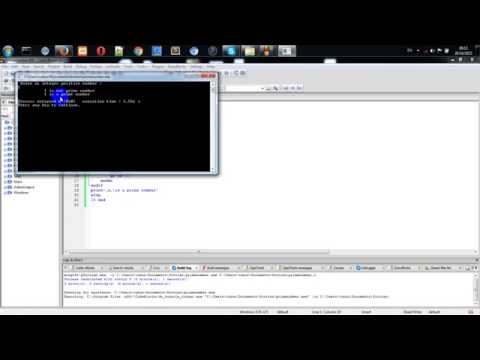

- #Program for bisection method in fortran compilers how to#
- #Program for bisection method in fortran compilers code#
Obviously it can handle an index of 0, but it's just not typical of Fortran programs.
#Program for bisection method in fortran compilers how to#
I'm also going to snip out most of the code, as I don't think much is needed to show how to do it.
#Program for bisection method in fortran compilers code#
I'm going to go with the latter since it's easier here due to code size, but the strategy really isn't that different with using a module. The compiler also needs to be aware of the function/subroutine you are calling, which means either using a module to hold the RK4 subroutines or, with small enough code, a contains block. To pass a function or subroutine to another, you need to declare it with an interface block. ! calculate the solution to the boundary value broblemġ00 format (1x,I5,f10.2,f15.6,f15.6,f15.6) Real(8) :: V(nstep),out(nstep) ! V just like U for another equation

Real(8) :: U(nstep) ! U contains the solutions at each step ! and using Runge-Kutta method of order N = 4 ! To approximate the solution of boundary value problem I had to copy the rk4 subroutine for each equation of U and V. I have wrote a code to approximate the solution of a boundary value problem: x'' = p(t)x'(t)+q(t)x(t)+r(t)īy using Runge-Kutta method of order N = 4.ĭo you have any idea to make it short? I don't know how to call a subroutine as an argument in another subroutine.


 0 kommentar(er)
0 kommentar(er)
